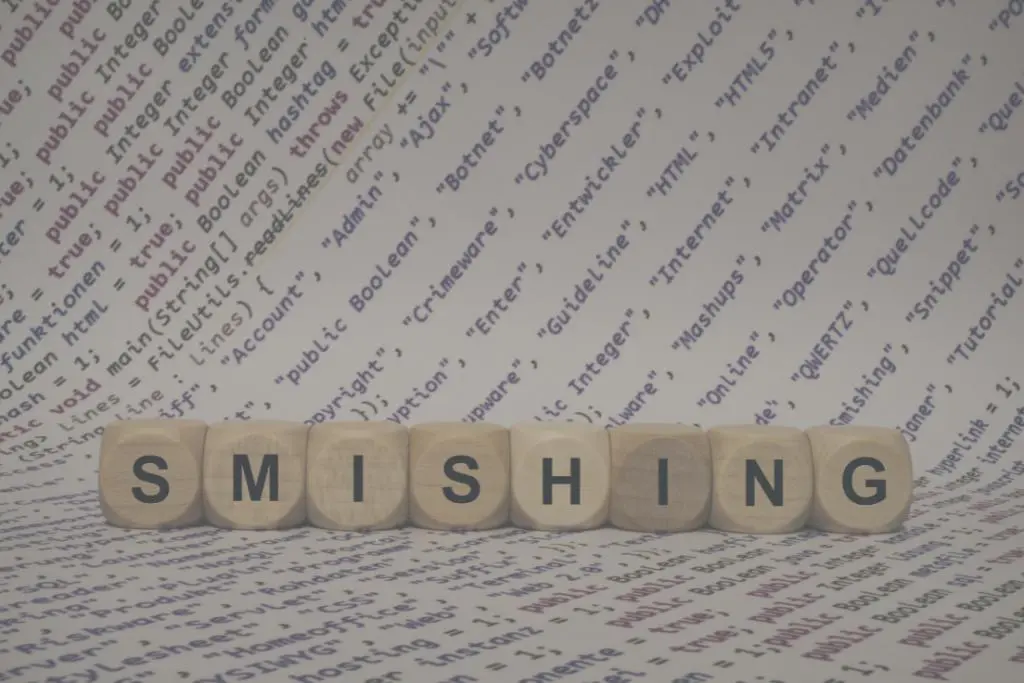The SDGs of the 2030 Agenda represent the present and the future that humanity and the planet deserve, based on three main premises: equality, peace, and sustainability. This triangle forms the complete content of the 17 Sustainable Development Goals (SDGs), with 169 achievements and 231 indicators.

These measures were approved on September 25, 2015, by the United Nations (UN). In between, there are 15 years, so in 2030 there will be a review and evaluation of the milestones achieved among all.

When we speak of “among all”, we mean everyone in the broadest sense of the word because this term includes the entire community: governments and public administrations, society in general and the individuals that make it up, companies and the private sector. Of all of them, the former, the policymakers, are the ones who have the most significant weight in the initiatives being carried out.
What are the SDGs of the 2030 Agenda?
The 2030 Agenda and the SDGs are a series of universal goals and actions agreed upon by the world leaders of the 193 UN member states. With 17 concrete building blocks, they decided to make the world a better place, extending human progress without borders and without harming the ecosystem.
The first key: end poverty in all its forms everywhere
Three main areas converge in this ambitious and mutually beneficial mission: economic, social, and environmental.

The agreement reached by world leaders was that preserving the balance of living beings and the natural environment was essential. However, one of the existing obstacles was that many of the world’s population did not have sufficient resources to live while maintaining this harmony of respectful survival.
The UN, therefore, proposed as the first goal of the 2030 Agenda to eradicate poverty “in all its forms everywhere” without harming the environment, with the help of the eighth goal:
- SDG 8: Promote inclusive and sustainable economic growth, employment and decent work for all.

The second key: world peace
Maintaining world peace without affecting the environment. And how can this be achieved? One of the keys lies in the natural and lasting partnership embodied in Goals 10 and 16:
- SDG 10: Reduce inequality within and among countries
- SDG 16: Promote just, peaceful and inclusive societies.

The third key: sustainability
People need a healthy environment to ensure their survival. Two of the SDGs clearly mention this point:
- SDG 12: Ensure sustainable consumption and production patterns.
- SDG 13: Take urgent action to combat climate change and its impacts.
The three major blocks of the 2030 Agenda that we have just seen are based on the everyday work of all and on education, which is a crucial tool. Let’s see how it helps to achieve the 17 SDGs.
Subscribe today to SMOWL’s weekly newsletter!
Discover the latest trends in eLearning, technology, and innovation, alongside experts in assessment and talent management. Stay informed about industry updates and get the information you need.
Simply fill out the form and stay up-to-date with everything relevant in our field.
The fourth SDG: Quality education
Of all the SDGs, one explicitly mentions our sector is SDG number four: Ensure inclusive and equitable quality education and promote lifelong learning opportunities for all.

In this way, we aim to achieve:
- Personal autonomy to break the economic gap between workers with university education and those with primary schooling.
- Social or state autonomy so as not to depend on aid or donations from third parties and third countries.
One of the fundamental commitments is to achieve the complete and global schooling of minors, especially emphasizing the most vulnerable social segments (in some areas, it is girls) or those at risk of poverty.

This requires three specific initiatives:
| 1- Increase public spending on education. |
| 2- Extend Internet access in basic education centers. |
| 3- Maintain universal primary and secondary education. |
How does SMOWL contribute to inclusive, equitable and quality education?
Suppose educational institutions have 100% online training, including the online assessment tool SMOWL. In that case, they can bring knowledge to any place and person, thus achieving the UN’s social equality.

Digitization allows classes to be on the network and in computer systems, not just people or face-to-face teachers. Classrooms become virtual to reach the weaker and more isolated people mentioned in this video.

Technology in training centers collaborates directly with three of the campaigns outlined in goal four of the SDGs and the 2030 Agenda, in particular:
| 4.3 To ensure equal access for all men and women to quality technical, vocational and higher education, including university education. |
| 4.5 Remove gender disparities in education and ensure equal access to all levels of education and vocational training for vulnerable people, including people with disabilities, indigenous peoples, and children in vulnerable situations. |
| 4.a Build and adapt educational facilities that are sensitive to the needs of children and people with disabilities and gender differences and provide safe, non-violent, inclusive, and effective learning environments for all. |

Therefore, addressing innovation in teaching means reaching more students, improving certifications, and contributing to better job opportunities. In order to focus on the least resourced and most vulnerable people, there must be a clear implication in education outreach; this is where tools like SMOWL come into play in the SDG goals of the 2030 Agenda in a positive way.
Download now!
8 interesting
facts
about proctoring
Discover everything you need about online proctoring in this book to know how to choose the best software.
Fill out the form and download the guide now.
And subscribe to the weekly SMOWL newsletter to get exclusive offers and promotions.
You will discover all the trends in eLearning, technology, innovation, and proctoring at the hands of evaluation and talent management experts.



